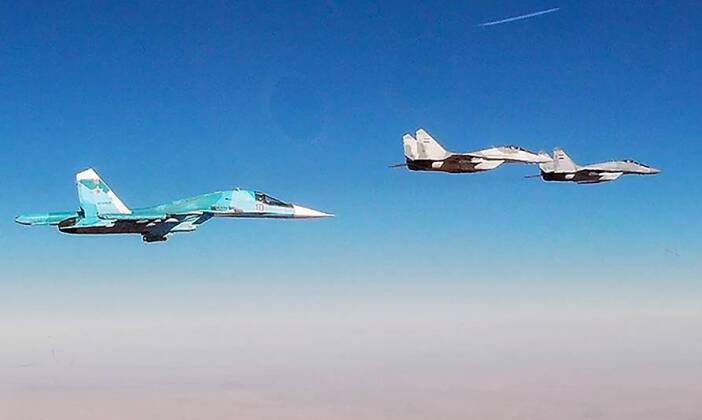Following longstanding efforts by the Turkish state to acquire new F-16 fighters from the United States, the country was confirmed on June 13 to have signed a letter of offer and acceptance to purchase the aircraft – as reported separately by the country’s defence ministry and by the U.S. State Department. Ankara submitted a request in October 2021 to acquire 40 F-16 Block 70/72 fighters to replace its ageing F-4E Phantoms, as well as 79 modernisation kits to bring its older F-16s up to a similar standard. Initial opposition in Washington to such a sale has been softened by Turkey’s assent to Swedish NATO membership and its strong support for the Ukrainian war effort against Russia. Praising progress on the deal, U.S. ambassador to Ankara Jeffrey Flake said the deal was “good for U.S. national security, Turkish national security, and NATO interoperability.” This followed a statement in January by State Department Deputy Spokesperson Vedant Patel that “President Biden, Secretary Blinken have been very clear of our support for modernising Turkey’s F-16 fleet, which we view as a key investment in NATO interoperability.”
Turkey is currently the largest foreign operator of the F-16, a fighter which first flew half a century ago in 1974, although the variants it operates remain far from state of the art and use mechanically scanned array radars which provide limited electronic warfare countermeasures and relatively limited situational awareness. This leaves the NATO member’s fleet qualitatively far outmatched by the majority of major air forces in the region, including the United Arab Emirates and Bahrain which deploy more modern F-16 variants, Egypt and Syria which deploy enhanced MiG-29s with phased array radars, and Iran which will soon deploy Su-35s – a fighter class also deployed by Russia to bases in Syria. A stronger Turkish aerial warfare capability has become increasingly important to broader NATO interests as challenges to the U.S.-led bloc’s power in the Middle East have continued to grow. Since the escalation of hostilities between Israeli and Palestinian forces on October 7, the ongoing Turkish challenge to Syria’s security and to those of other Iranian-aligned actors both directly through attacks, and through support for jihadist affiliates, has been a key factor preventing Damascus, Hezbollah and other parties from focusing their military attentions towards Israel and the United States.

The F-16 Block 70/72 is considered a ‘4+ generation’ fighter with avionics on par with the latest F-35 stealth fighters in sophistication, and is the most advanced F-16 variant ever produced. A primary advantage of the new F-16 variant is its integration of the APG-83 active electronically scanned array radar, which makes it a potent electronic warfare platform while providing high situational awareness for a small fighter of its size. The radar’s sophistication helps to mitigate the disadvantages the F-16 has long suffered due to the very small size of the sensors it can carry as a light fighter aircraft. The new variant’s sensors and weaponry in particular place it on an entirely different level to prior variants produced during the Cold War and into the 2000s which relied on mechanically scanned array radars and older generations of avionics and armaments. The F-16 was developed as a low cost lightweight counterpart to America’s top Cold War era air superiority fighter the F-15, advanced variants of which are currently operated by Turkey’s regional rival Saudi Arabia and are under consideration for acquisition by Israel. Low demand for the ageing F-16 internationally will make the $23 billion Turkish order a major boost to the program.
